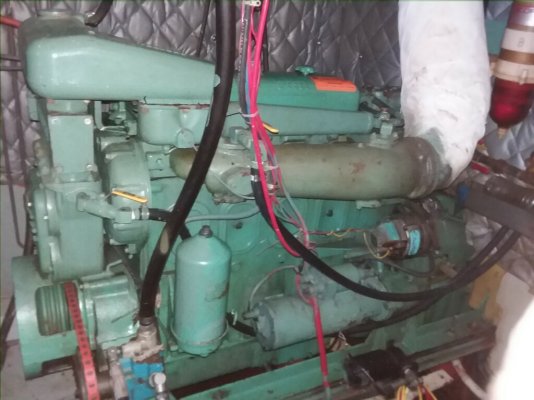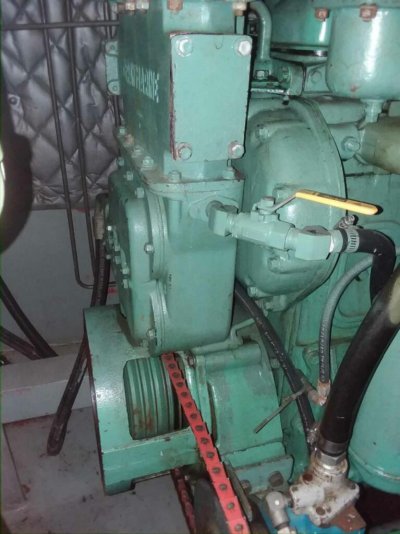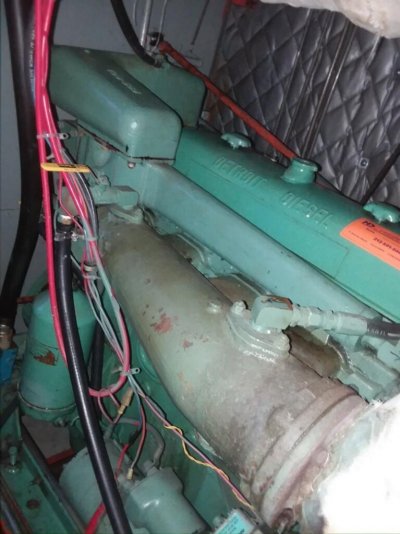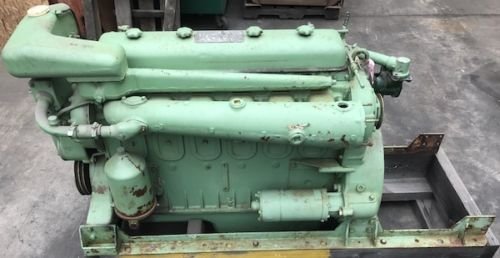Nautical Dementia
Member
- Joined
- Apr 16, 2017
- Messages
- 17
- Location
- United States
- Vessel Name
- Nautical Dementia
- Vessel Make
- 46 ft. Voyager
My new to me boat is a 46 ft. steel FD trawler powered by a Gray Marine marinized Gray Marine Detroit Diesel 4-71N engine. The boat was purchased in Stockton, CA and while running it to Alaska I had problems keeping the exhaust manifold from overheating.
I have heard else where on this forum that there are 1,000's of ways to plumb the cooling system on these engines. It should be noted that the engine is keel cooled and the usual heat exchanger coils have been removed. Is this common on a keel cooled system?
One theory for the overheating of the exhaust manifold is that when the thermostats are open the water flow is not sufficient in the cooling loop with the exhaust manifold. The cooling water loop for the exhaust manifold is down stream from the cooling water manifold, thus when the thermostats open most cooling water flows back to the keel cooler leaving less water flowing in the parallel cooling loop to the exhaust manifold.
Looking for anyone that might have similar or differing thoughts or solutions.
I have heard else where on this forum that there are 1,000's of ways to plumb the cooling system on these engines. It should be noted that the engine is keel cooled and the usual heat exchanger coils have been removed. Is this common on a keel cooled system?
One theory for the overheating of the exhaust manifold is that when the thermostats are open the water flow is not sufficient in the cooling loop with the exhaust manifold. The cooling water loop for the exhaust manifold is down stream from the cooling water manifold, thus when the thermostats open most cooling water flows back to the keel cooler leaving less water flowing in the parallel cooling loop to the exhaust manifold.
Looking for anyone that might have similar or differing thoughts or solutions.





![IMG_2042[1].jpg](/data/attachments/68/68383-09e82141b9d47df08d8a463415542891.jpg)